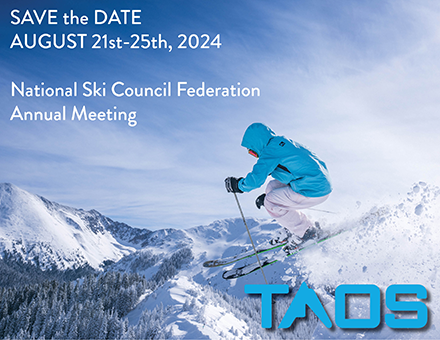Top 5 Glaciers to Ski This Summer
13th May 2018 | JAMES ROBLES

If hiking for your turns during the spring means you’re committed, what does hiking for you turns during the peak of summer make you? Aside from chemically unbalanced, it makes you lucky. A number of glaciers still exist in North America (believe it or not), from the Sierras to the Tetons, offering skiers and riders excellent backcountry skiing and summer ski touring opportunities.
Here are our top five spots to scratch (or should we say shred) that summer itch.
1. Grand Teton National Park: Glacier Route, Middle Teton
Iconic, daunting and beautiful, the Glacier Route of the Middle Teton is no cupcake. The lengthy trek tops out at 12,350 feet and delivers some 7,000 plus feet of vertical straight to your quads (trailhead to summit). Be prepared to leave in the wee hours of the morning and to do some serious bootpacking near the summit.
2. Glacier National Park: Salamander Glacier
Just as the park’s name implies, summer skiers and splitboarders will find multiple options for glacier fed turns in Glacier National Park. Salamander Glacier spans approximatley 42 acres (as of 2005) at an elevation of 7,200 feet. The glacier sits on a shelf on the east side of the arete. Salamander Glacier can be reached via Grinnell Glacier Trail (the trail is 5.5 miles one way and gains 1,600 vertical feet).
3. Mount Shasta: Hotlum-Wintun Glacier
When your friends ask you what you did today over a round of beers this August, you can cooly reply, “Today, oh, I skied a volcano.” Mount Shasta is located in the Cascade Range of northern Calfornia, boasting a 14,162-foot summit. To access the Hotlum-Wintun Glacier, take the Brewer Creek Trail to the north side of the Hotlum-Wintum Ridge for direct lines and crevasse-free descents.
4. Sierra Nevada: Palisade Glacier
5. Mount Rainier: Paradise Glacier
Notable mentions:
• Rocky Mountain National Park, Colorado: Tyndall Glacier
• Mount Hood, Oregon: South Side Route (Hogsback)
• Mount Baker, Washington: Boulder Glacier
• Wind River Range, Wyoming: Titcomb Basin






